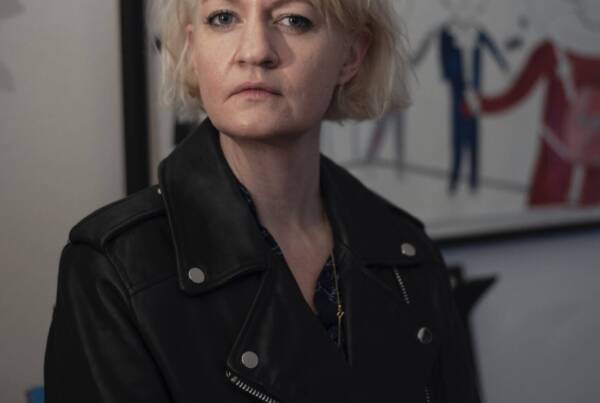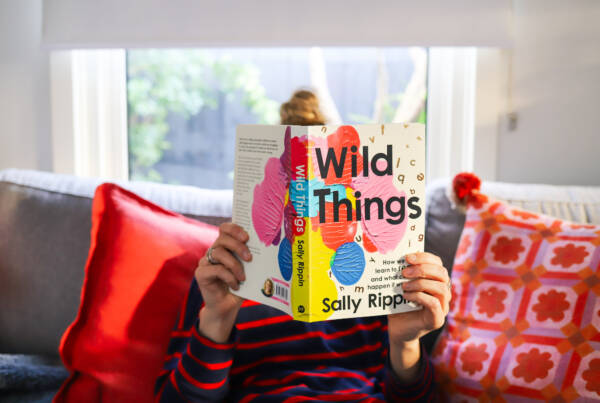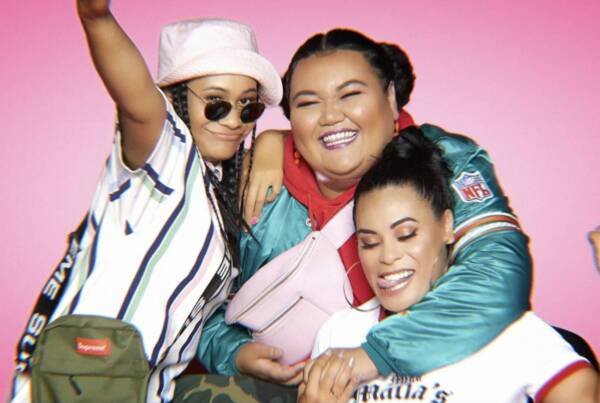Review by Ruth Richards // Moana is without a doubt one of Disney’s greatest Princess films, and will be a favourite amongst audiences for many years to come.
Review by Ruth Richards
There’s a scene in Moana that see’s a highly affronted Moana declare to the demi-god Maui, “I am not a princess!” With a smirk, Maui replies, “If you wear a dress and have an animal sidekick, you’re a princess.” Moana has quite a few such tongue-in-cheeks moments; references to old Disney films and subtle nods to the trope that is ‘the Disney Princess’. Moana is being marketed as the next such Princess, the first since Frozen (2013), and the newest in a long line of Princesses that began with Snow White from Snow White and the Seven Dwarfs (1937).
If you want to get super technical about it, Moana is right – she isn’t a princess, but she is the daughter of the chief of Motunui, and the next in line to lead her people. Moana (whose name itself means ‘ocean’), has always been drawn to the sea, but her father, Chief Tui (Temuera Morrison) forbids any of his people to travel beyond the safety of the reef. When the islands crops begin to wither and die, and the fisherman can no longer bring in any fish, Moana feels the answer lies beyond the reef; learning that the blight has been caused by the demi-god Maui, who stole the heart of the goddess Te Fiti, Moana sets out to on a journey to find Maui and restore Te Fiti’s heart.
Princess Pentimentos – “I Am Moana”
Whenever I think of Disney princesses, I return to one of my favourite descriptions of Disney’s animated women – the princesses, evil queens and witches, mothers, aunts, and fairies alike – which comes from the book From Mouse to Mermaid: The Politics of Film, Gender, and Culture (1995). In her essay “Somatexts at the Disney Shop”, Elizabeth Bell describes the bodies and representations of animated women as pentimentos:
“More than a somatic time-line of physical changes, Disney’s animated women are pentimentos, paintings layered upon paintings, images drawn on images, in a cultural accumulation of representations of good girls, bad women, and doting servants.” (1995 108)
Disney Princesses are made up of layers painted (and digitally composited) from multiple images of women, built up from the earliest folktales and mythologies, right up to the contemporary images we see of women in popular culture today. This can also be applied to Moana. Princesses – and more specifically “Disney Princesses” – have come up against a great deal of criticism in the past decade or so. When people hear the word ‘Princess’ so often the very next words that come to mind are ‘passive’ or ‘weak’. Princesses need to be saved. Princesses can only have their lives fulfilled by the arrival of the handsome Prince. This is the prevailing view, and indeed, a lot of characters tend to fit this description. But it is a view that has been long out of date; for instance, would you dare call Princess Leia passive? Princesses are almost never associated with qualities of leadership. Thankfully, and rather obviously, Moana is anything but passive or weak – built upon the stories, histories and mythologies of the Pacific and Oceanic cultures, Moana has an adventurous spirit and a deep love of the ocean and her people. Drawing from and moving beyond the Princesses that have come before her, she is kind, intelligent and brave. Like the heroines we’ve now come to expect and grown used to seeing on screen or reading about in comics and books, Moana is a spirited, strong, and independent.
Representing Culture
Directed by Ron Clements and John Musker (the duo behind previous Disney classic such as The Little Mermaid (1989), Aladdin (1992), and The Princess and the Frog (2009)) as well as Don Hall and Chris Williams (both behind Big Hero 6 (2014)), Moana is Disney’s first Polynesian princess (Lilo & Stitch (2002), as wonderful as it is, being neither a princess film or musical) and features the first woman of colour lead since The Princess and the Frog.
Moana may also be unique in the amount of sheer research that was undertaken by the filmmakers when it comes to creating the film and the story. The filmmakers traveled to the Pacific Islands (including Fiji, Samoa, and Tahiti). Clements recalls meeting an elder of the island of Mo’orea, who said to them: “For years, we have been swallowed by your culture. This one time, can you be swallowed by ours?” The filmmakers not only travelled to the Islands, speaking to the elders, chiefs and communities, but were advised by a group they named the Oceanic Story Trust; this group included anthropologists, linguists, haka specialists and cultural advisors.
Beyond this, the filmmakers made an effort to bring diversity to their cast. Lin-Manuel Miranda (of Hamilton fame and the upcoming Mary Poppins Returns), Mark Mancina (Speed (1994), Training Day (2001)), and Opetaia Foa’i, founder and lead singer of Te Vaka and winner of the Senior Pacific Artist award for his contribution to Pacific music were brought together to create the score and soundtrack. Dwayne ‘The Rock’ Johnson who gives voice to Maui is of Samoan background; Moana’s Gramma Tala is voiced by Rachel House (who you may have spotted in Taika Waititi’s films); Moana’s father Chief Tui is voiced by Temuera Morrison; Jemaine Clement has memorable scene and musical number as the very ‘shiny’ Tamatoa. Finally, Moana herself is voiced by Hawaiin newcomer Auli’i Cravalho who, at only fourteen when cast and fifteen during the voice recording sessions, is at all times incredible – her singing voice is powerful, and moves through all of Moana’s uncertainty, playfulness, strength, conviction and emotion.
This does not mean that Moana is the perfect representation of a particular culture – set in a pre-colonial time 2000 years ago, the many Polynesian and Pasifika cultures established around the world are homogenised into one. Of course, at this time in history the specific cultures of Fiji or Hawaii did not yet exist as we know them, but to take multiple, diverse and rich cultures and reduce them to one can cause problems. Writer Fangirl Jeanne (@fangirlJeanne) has outlined exactly why this is problematic, and the complicated feelings that many will have about the film over on her twitter account, detailing the problematics of a corporation such as Disney representing marginalised people. Clements, Musker, and Disney are being celebrated for bringing Moana to the world, but it is important to remember that, as commodified as Moana has already been and will continue to be, real people and real cultures have been drawn from to create this tale. Hiring someone from a Polynesian background as director or co-director might have been a good idea, and of the seven writers listed, there is only one woman.
“How Far I’ll Go”
Still, Moana gives us so much to celebrate: the animation is typically as beautiful and impressive as you’d expect from a Disney film. Six months was given over to developing a system that animators and artists could use to create the hair for several of the key characters, including Moana and Maui. Certain sequences blend 3D animation with a more traditional, hand-drawn look to create sequences that are vibrant and entertaining. The animation of the water, which is a character in itself, is also incredibly detailed – given that most of the film is set on the water, this is no surprise. The water has to look believable and dynamic, and has a different look in each scene depending on the location. Visually, Moana is spectacular, and the music flows through the film so naturally and seamlessly – the songs are infinitely catchy (and I may or may not have teared up listening to the soundtrack as I write this. I’ll never tell).
Disney have never been about the visuals alone, of course, and a big part of Moana’s strength lies in the relationships that develop. The relationship between Moana and her Gramma Tala, the eccentric elder of Motunui, is a true highlight, as well as between Moana and her mother, Sina (Nicole Scherzinger) – three generations of women, three different kinds of wisdom. The deep, loving connection between Moana and her grandmother is heartwarming. And whilst many a Disney film has seen the young heroine at odds with her father (The Little Mermaid, I’m looking at you), the relationship between Moana and her father, Chief Tui, maintains a great amount of depth. Although Moana and her father disagree about Moana’s love of the ocean and her desire to sail beyond the reef, the level of deep respect and love between them is palpable – Moana is not some fragile thing to her father that needs protecting, she is his firstborn and the next chief of their people, something he has been preparing her for her whole life. He trusts her completely.
Finally, Moana and Maui themselves are both cast to perfection. Waiting until casting is confirmed before totally finalising character design allows the animators to inject a little of their casts personality into the characters, and Dwayne Johnson is very present in Maui – not only can he sing and hold his own with the rest of the cast, Johnson’s charisma shines through Maui. Cravalho, as said above, truly shines – we are left in little doubt as to whose story this is.
Moana is without a doubt one of Disney’s greatest Princess films, and will be a favourite amongst audiences for many years to come. Hopefully, it will become a new benchmark for further Disney Princess films, and help people reposition their attitudes towards princess characters, and what they can be and represent.
Reference:
Bell, Elizabeth et.al. From Mouse to Mermaid: The Politics of Film, Gender, and Culture. By Bell et.al. Bloomington: Indiana University Press, 1995









